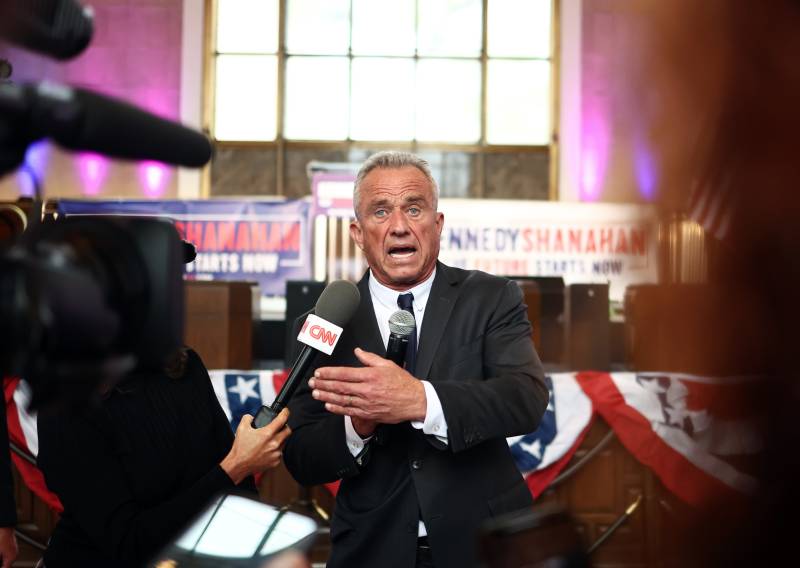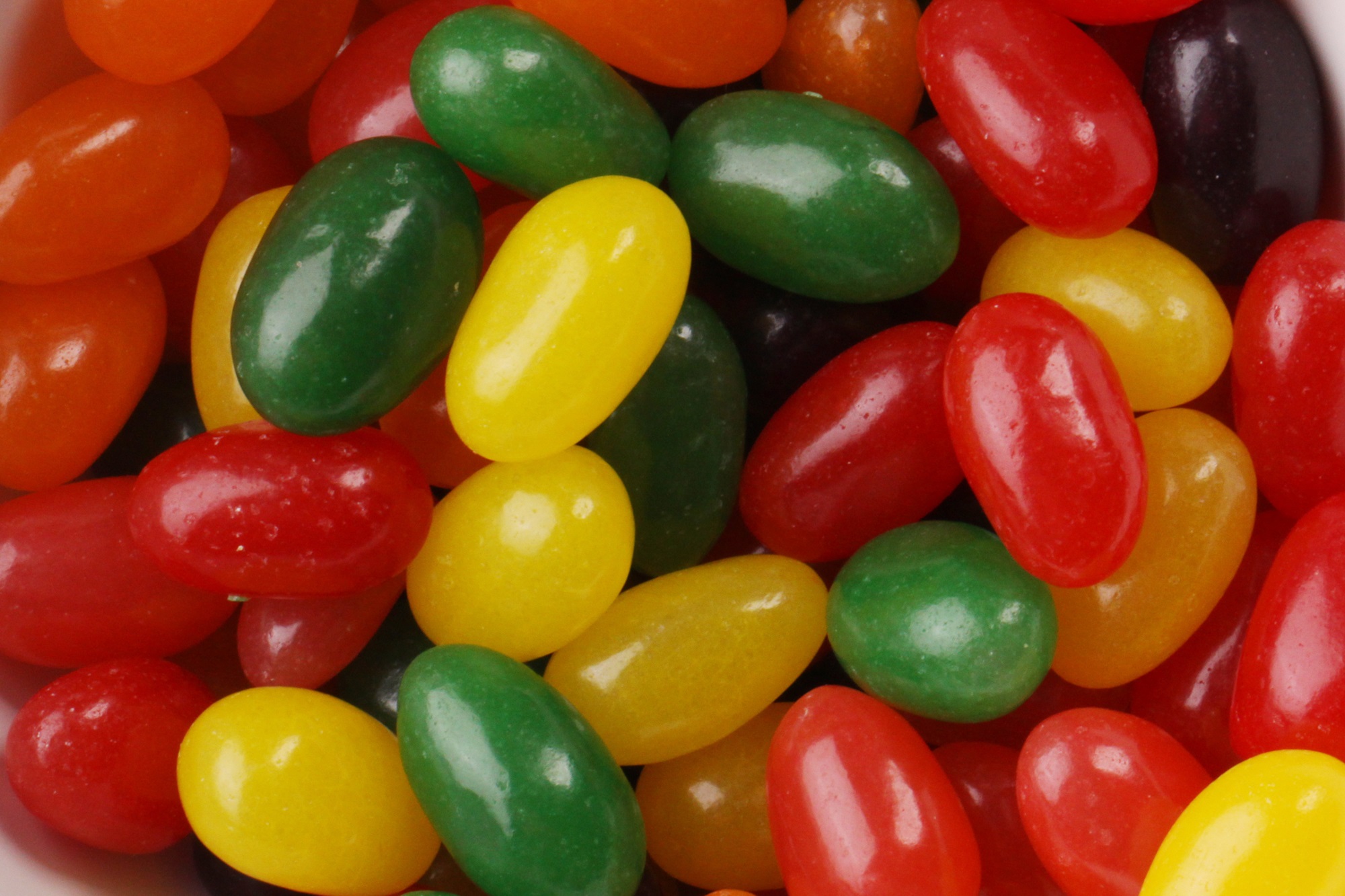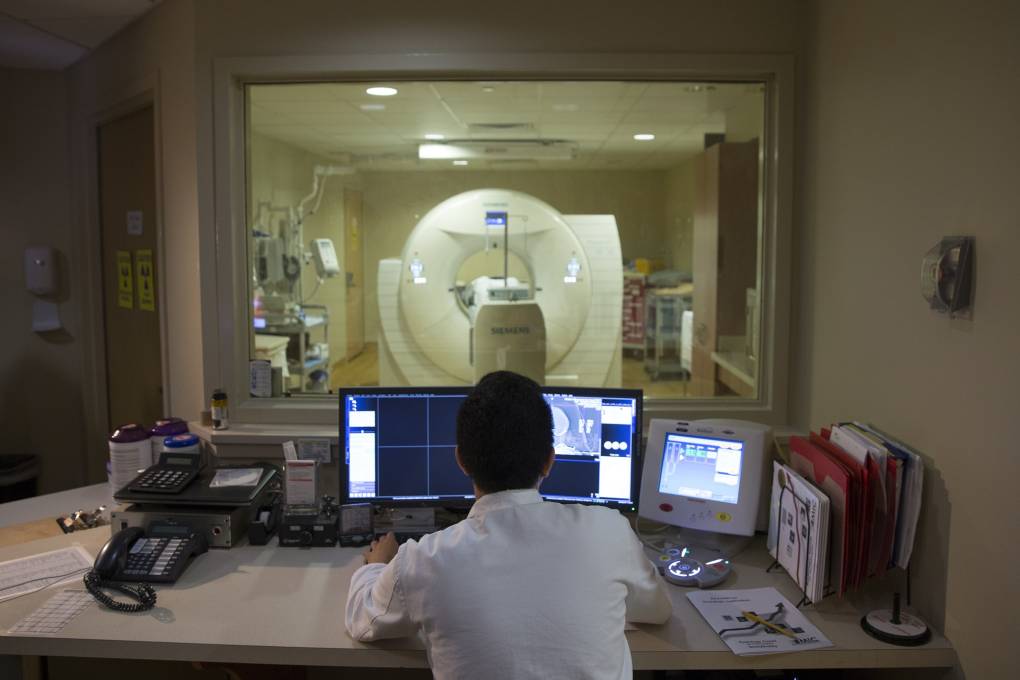The Trump administration announced a major food safety initiative this week: a plan to phase out eight petroleum-based synthetic food dyes from the U.S. food supply. The policy, led by Health and Human Services Secretary Robert F. Kennedy Jr. and the Food and Drug Administration, marks a dramatic escalation in federal attention to artificial additives that health advocates say may pose risks to children’s health.
At a news conference, Kennedy described the plan as part of the administration’s “Make America Healthy Again” initiative, calling synthetic dyes “poisonous compounds” that offer no nutritional value. “That era is coming to an end,” he said.
The FDA says it will revoke authorization for two dyes — Citrus Red No. 2 and Orange B — in the coming months, and work with manufacturers to eliminate six additional dyes by the end of 2026. These include Red 40, Yellow 5, Yellow 6, Blue 1, Blue 2 and Green 3. Red Dye No. 3, some of which California and other states have already outlawed, is also targeted for accelerated removal. The plan includes fast-tracking approval of natural alternatives like butterfly pea flower extract, gardenia blue and blue Galdieria extract.


